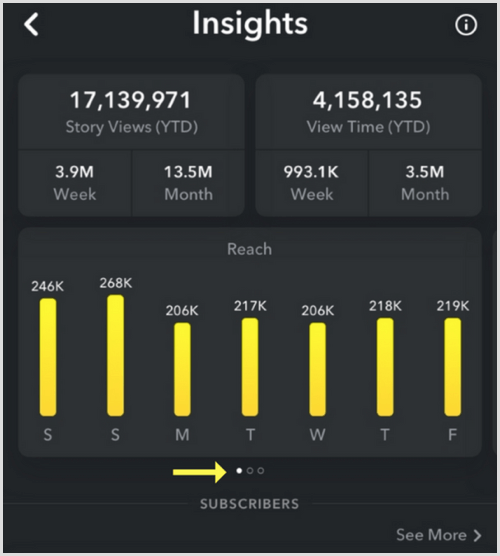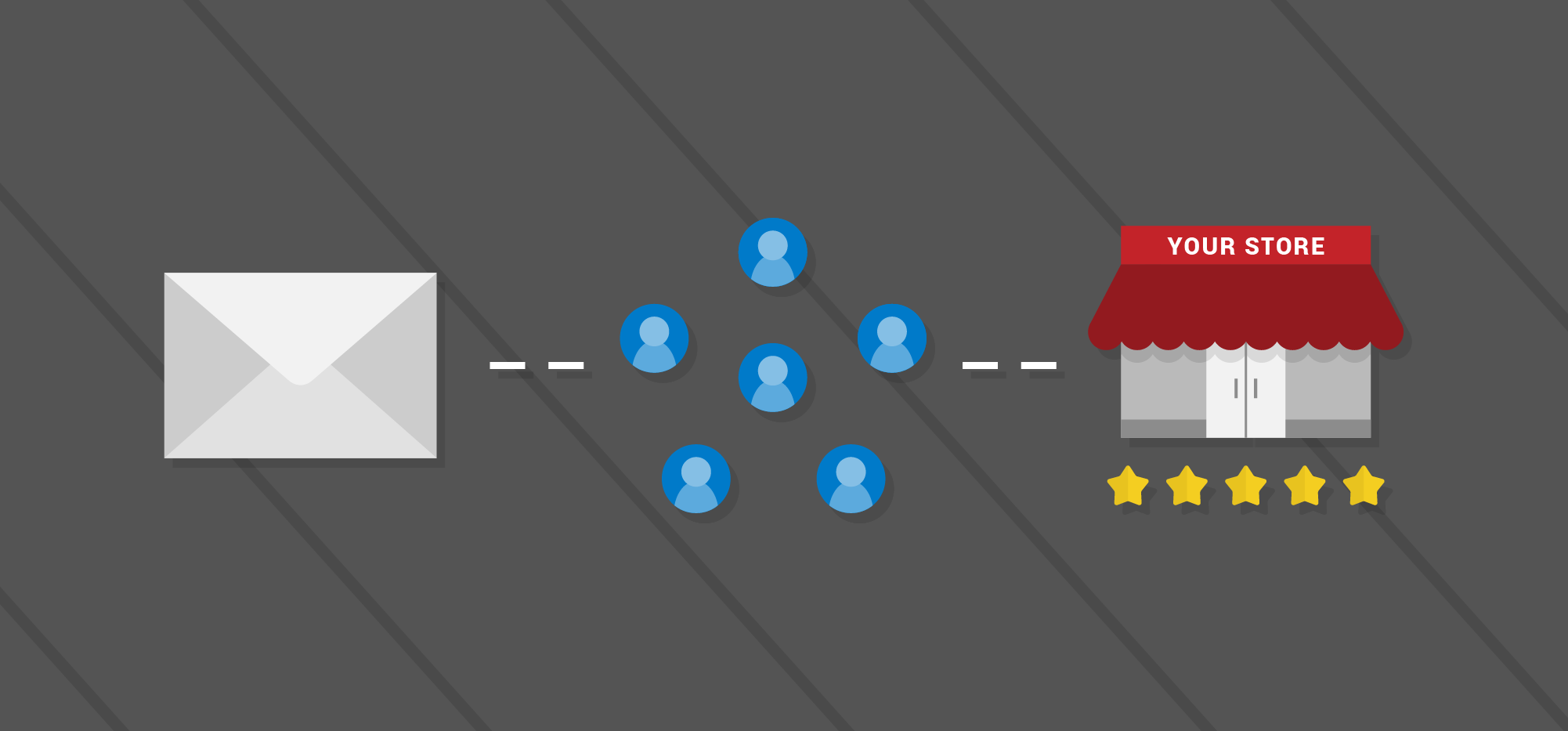
One of the biggest misconceptions about web hosting is that all hosting services are the same. Whilst it might seem like that from the way many hosting packages are advertised, there’s much more to consider than choosing a certain amount of disk space, RAM or bandwidth. For example, you should ask about the hardware being used and the way a server is configured. You also need to think about the provider’s in-house expertise, the quality of its technical support and the amount of uptime they guarantee.
Whilst on the surface it might look like the only difference between hosting packages is the price, it can be a mistake to put the cost of hosting as your main priority. All hosting is relatively affordable these days, so saving a few pounds a month could be a false economy that can cause problems further down the line.
Here are five signs that will help you know if your web hosting is hindering your business and if it’s time to move on or upgrade.
1. Your site has slow loading times

The loading time is the speed at which your website takes to load on a visitors’ browser. It’s important because Google uses it as a ranking factor and because visitors abandon slow loading websites. It is estimated that a one-second delay in loading time can reduce sales conversions by 7%.
You can measure the speed of your site by typing your URL into Google’s PageSpeed Insights tool. This will give you the results for your sites’ performance on both desktop and mobile. It’s important that the site loads quickly on both types of devices, especially now that 66% of all UK browsing is done on smartphones and tablets.
While there are many things that can affect your loading times, such as your choice of theme and the number of plugins your website uses, one of the primary factors is the type of web hosting you choose. Well configured, high-performance servers can dramatically improve speed, as can upgrading from shared to VPS hosting.
2. Other users drain your resources

If you use shared hosting, every website hosted on a server shares the resources that the server provides. Most of the time, this isn’t a problem; there’s usually enough processing capacity and memory for everyone. However, there can be issues. Greedy hosts can put too many users on one server in the belief that most of them will underuse the resources available. All it takes is for a couple of websites to start using resource-heavy applications, perhaps sending out several thousand marketing emails or importing thousands of product descriptions and images, and this can negatively affect the performance of every other site on the server.
A good host will employ tools that limit the resources any one customer can use; ensuring that its activities do not impinge on others. This is a little like the fair use policy that some broadband companies impose. If you opt for shared hosting, make sure this happens. Alternatively, use a different form of hosting.
3. You have a poor performance during peaks

Unfortunately, the website draining all the shared resources could be yours. If your site has grown and you have lots of visitors carrying out resource-heavy actions, such as using the shopping cart, it could be your site hitting the resource limits set by the host – especially at peak times or during busy seasonal periods.
If this happens, the slow performance of your site can cause customers to abandon their shopping carts and spend their money elsewhere. Your Google Analytics data will tell you if this is the case.
The issue here is not really the fault of your web host. As mentioned above, it is trying to give everyone a fair share of the server’s resources. Actually, it’s a sign of success: it’s time to move on to a hosting package that provides the increased resources your site now needs. Your host may have bigger shared hosting packages or, for a few extra pounds per month, you could opt for the significantly better VPS hosting, where you’ll have a virtual server all to yourself.
4. Your server has a bad IP reputation
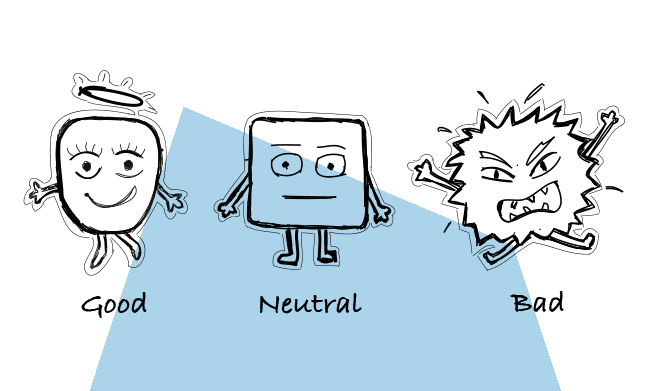
The server you use will have its own IP address. If one of the other tenants on that server is carrying out inappropriate actions, such as sending spam or hosting malware, then that IP address can get blacklisted. This is bad news for every other website hosted on that server as it can affect search engine ranking and lead to emails being blocked.
What makes this particularly problematic is that the owner of that site might not even be aware of what is happening. They might have been hacked or infected without their knowledge. This is likely a result of them having poor security measures in place, such as not updating their software or having easy to crack passwords.
A good host will provide a range of security features to prevent an IP address from getting blacklisted. These include firewalls, intrusion monitoring, email monitoring, server monitoring and dedicated IP addresses. Make sure your host provides these.
5. You cannot use the software you want
Shared hosting is where one server is shared by lots of users. As it’s a single server, everyone uses the same operating system and this is configured in a way that enables the majority of websites to run optimally.
One of the issues with this is that you cannot use programs that are incompatible with that operating system or ask to have the server configured differently just to accommodate a specific requirement.
If you have a critical need to run incompatible software, the only alternative is to have a server of your own. The most affordable way to do this is to opt for a VPS. By doing this, you have the freedom to use an operating system that is compatible, such as a legacy version of Linux or Windows OS.
Conclusion
Web hosting plays a crucial part in the way your website performs. Choosing the right package and understanding when it is time to change hosts or move to a different type of hosting is vital if for the long-term health of your site and business. Hopefully, from reading this post, you’ll now have a better understanding of the signs to look out for.








/cdn.vox-cdn.com/uploads/chorus_image/image/63663626/google_fit_both_images.0.jpg)



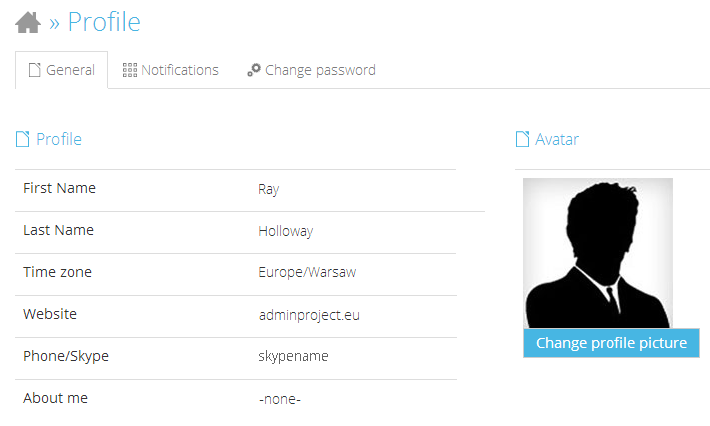



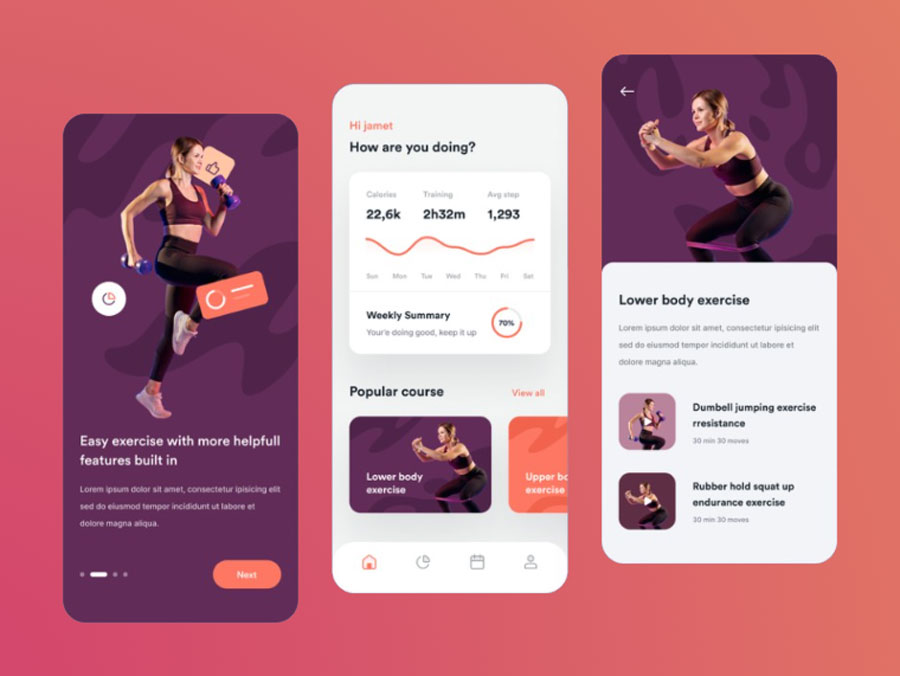







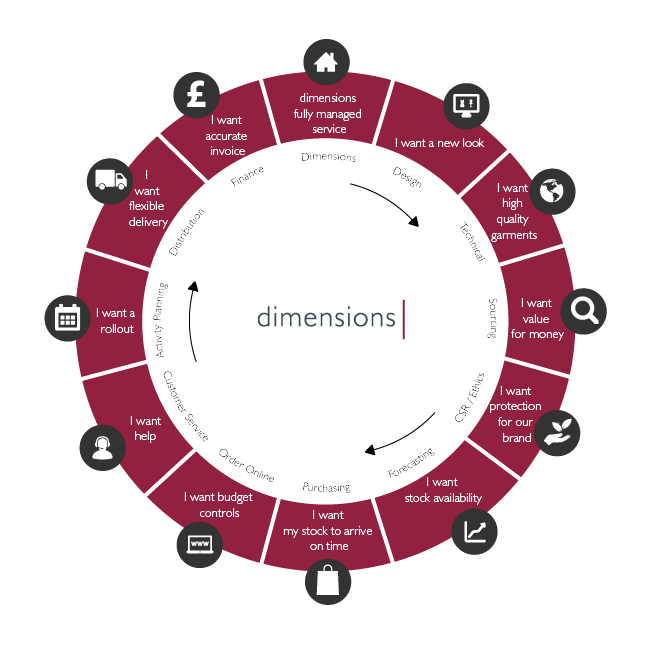
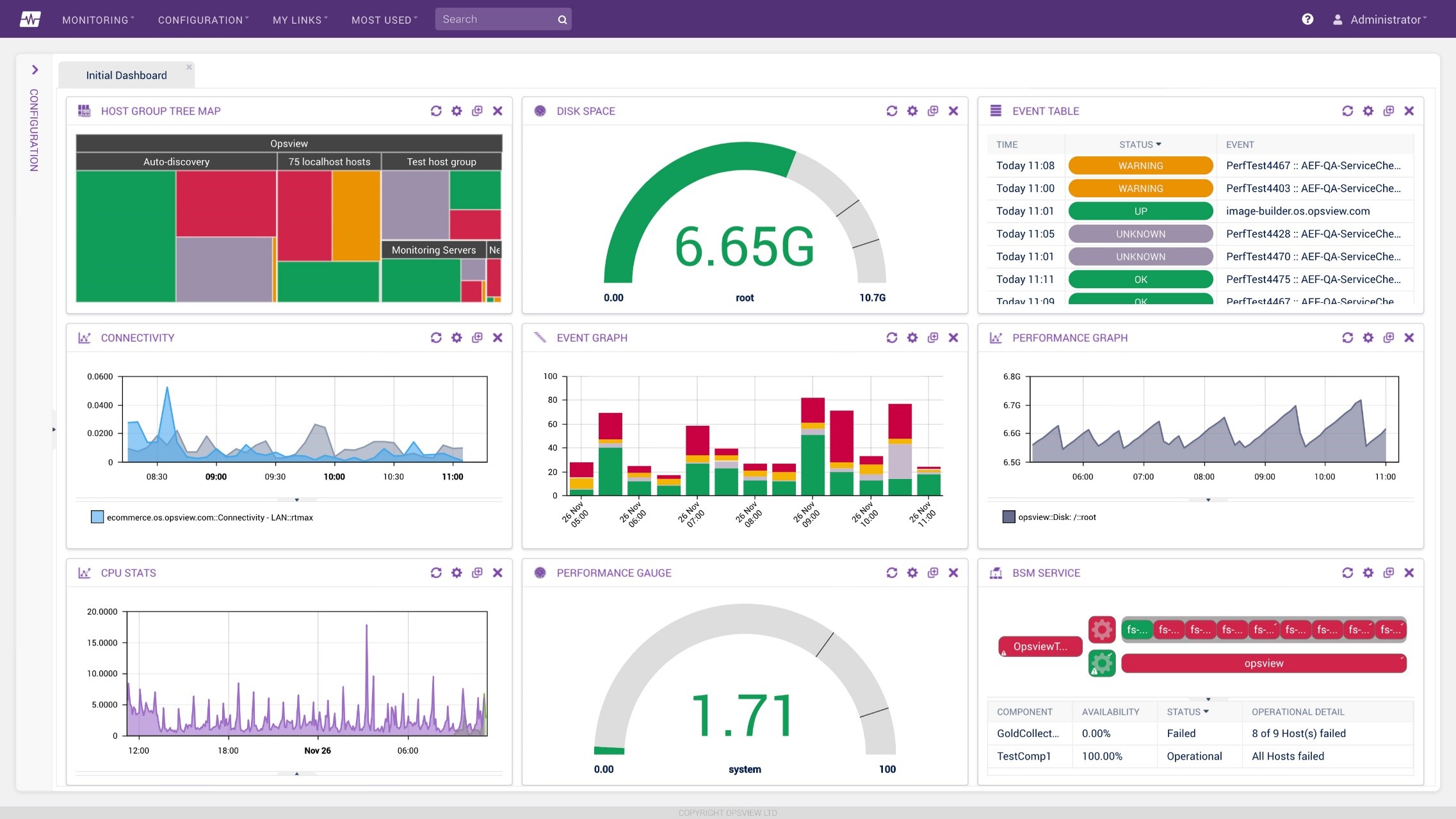








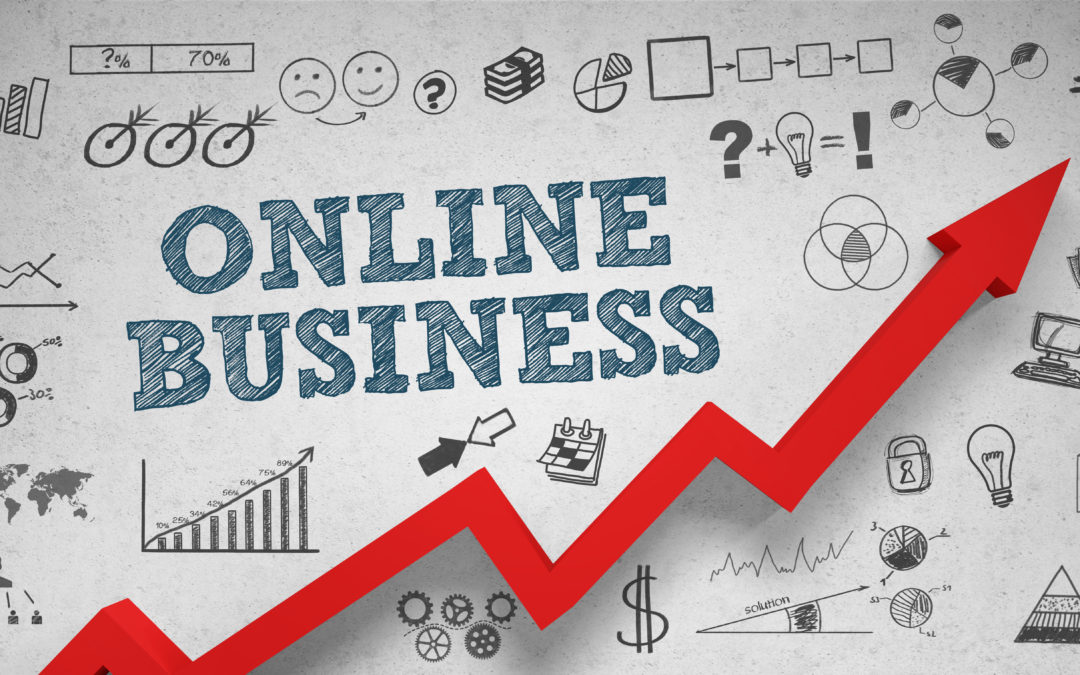

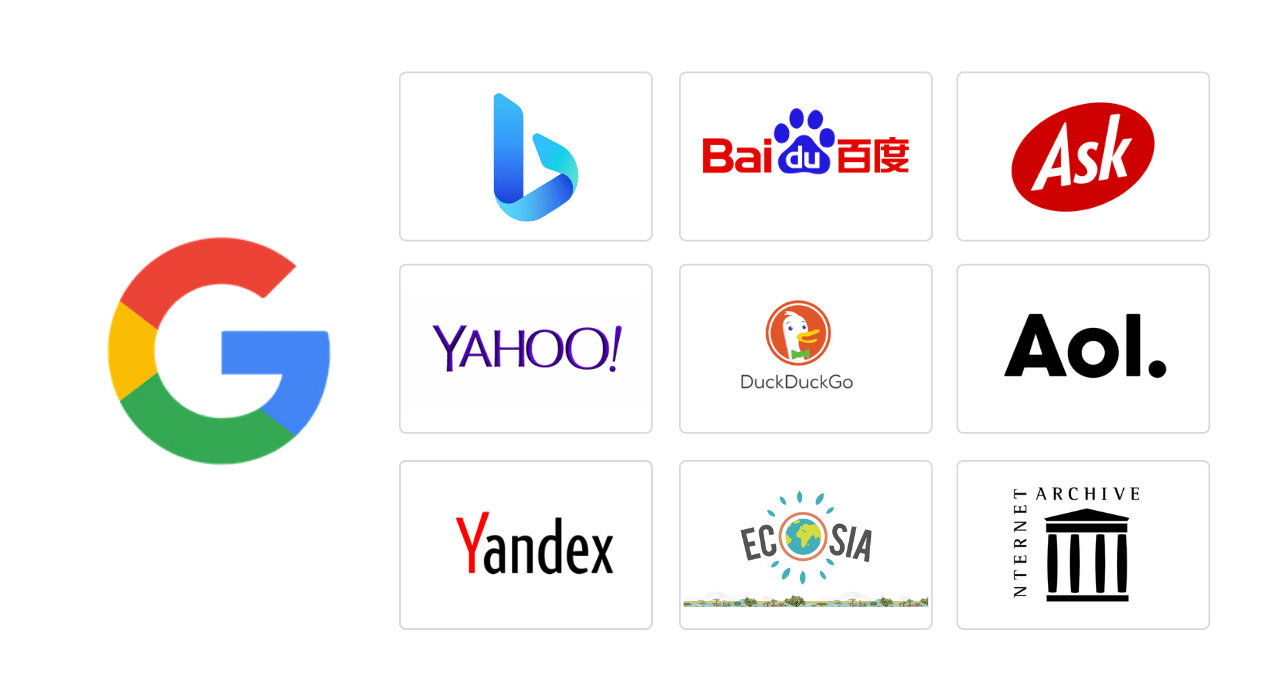




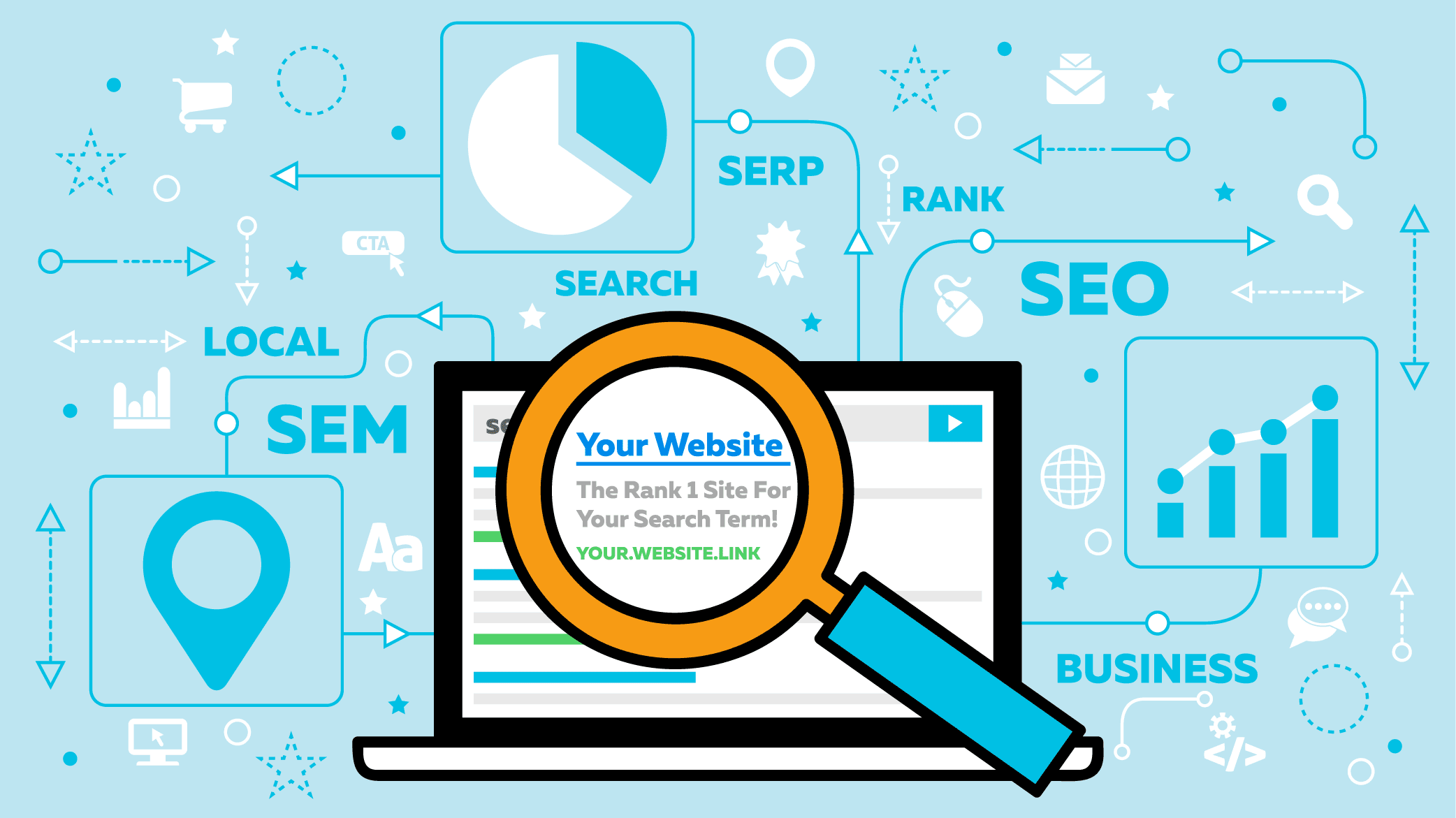



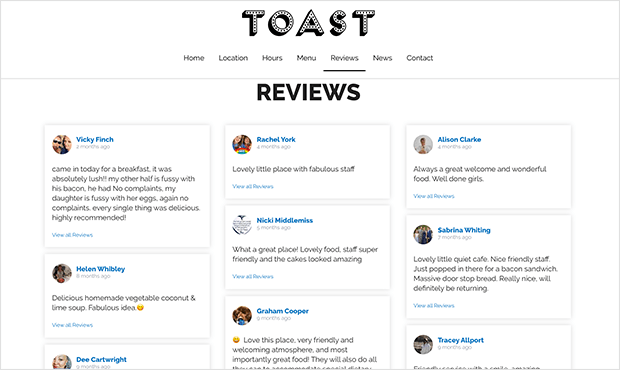








 Setting up Snapchat is easy. Just download the app from your app store (Google or Apple, etc.) and sign up for a new Snapchat account. To keep things consistent, have the same username as you do on your other social media accounts. This will help followers find you when they search across different platforms.
Setting up Snapchat is easy. Just download the app from your app store (Google or Apple, etc.) and sign up for a new Snapchat account. To keep things consistent, have the same username as you do on your other social media accounts. This will help followers find you when they search across different platforms.:max_bytes(150000):strip_icc()/snapchat-privacy-tips-4117444-1-5c508cb846e0fb00018decda.jpg) You can only share your Snaps and Stories with your friends, so it is important that you begin to add friends as soon as possible. If you already have other social media accounts, use these to get the message out that you are now posting on Snapchat. What you’ll find is that those who prefer using Snapchat will be the ones to add you.
You can only share your Snaps and Stories with your friends, so it is important that you begin to add friends as soon as possible. If you already have other social media accounts, use these to get the message out that you are now posting on Snapchat. What you’ll find is that those who prefer using Snapchat will be the ones to add you.
